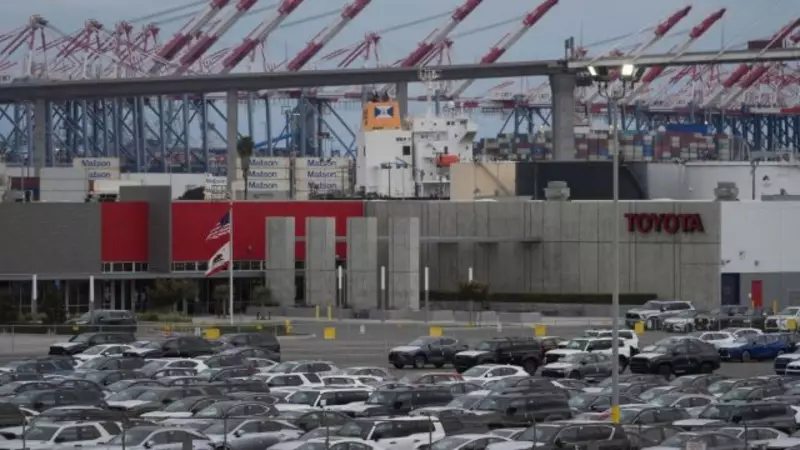
In a strategic move that could reshape international trade dynamics, former US President Donald Trump is reportedly considering significant tariff relief on imported automobiles and trucks. This potential policy shift comes as part of broader trade discussions that could have far-reaching implications for global automotive markets.
The Proposed Tariff Relief
According to sources familiar with the matter, Trump's administration is evaluating the removal or reduction of current duties on foreign-made vehicles, particularly focusing on automobiles and light trucks. This represents a notable departure from previous trade policies that emphasized protectionist measures for domestic manufacturers.
Impact on International Trade Relations
The proposed tariff relief could significantly benefit countries with strong automotive export sectors, including potential advantages for Indian automobile manufacturers seeking better access to the lucrative American market. This development comes at a crucial time when global supply chains are still recovering from pandemic-related disruptions.
Strategic Implications for US-India Trade
For India, this potential policy shift could open new opportunities for automotive exporters who have faced challenging trade barriers in recent years. The Indian automotive industry, known for producing cost-effective vehicles, might find expanded market access under these revised tariff structures.
Market Reactions and Industry Response
Early indications suggest mixed reactions from various stakeholders. While domestic US manufacturers express concerns about increased competition, international automakers and consumers welcome the prospect of more affordable vehicle options. Industry analysts are closely monitoring how this could affect pricing strategies across different vehicle segments.
Potential Benefits for Consumers
If implemented, the tariff relief could lead to:
- Lower prices for imported vehicles
- Increased variety of models available to American consumers
- Enhanced competition in the automotive market
- Potential job creation in automotive retail and service sectors
Looking Ahead: Political and Economic Considerations
The proposal faces several hurdles before implementation, including political consensus and detailed economic impact assessments. However, the mere consideration of such measures indicates evolving perspectives on international trade within US policy circles.
As global trade patterns continue to evolve, this potential tariff relief on automobiles and trucks represents a significant development worth watching for stakeholders across the automotive industry and international trade sectors.





